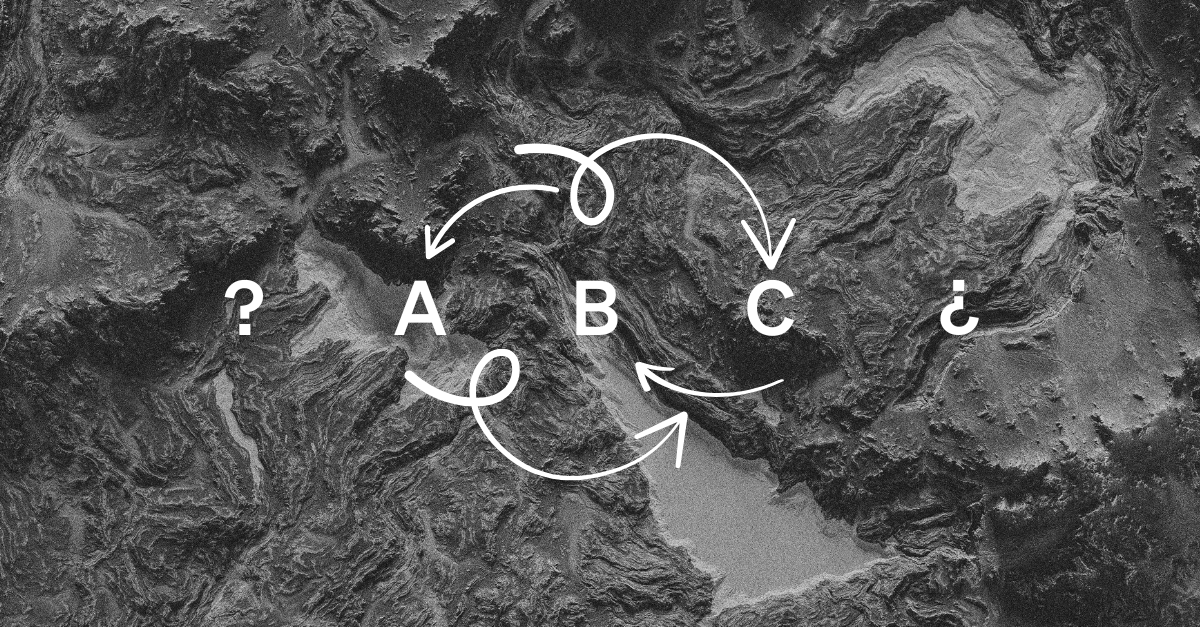Article Summary
If you're a marketing director or product lead reviewing website design proposals, you've likely seen terms like web design, UX design, UI design, product design, and digital transformation. These terms represent different approaches that impact your conversion rates, customer acquisition costs, and digital ROI. This article explains what UX and web design mean today, including a comparison of web design vs UX design to clarify their distinct roles and responsibilities, and why a UX-led approach offers a clear advantage for organizations pursuing digital transformation.
Key Points
- In 2025, marketing directors must understand the difference between UX design and web design to make smarter digital investment decisions.
- Web design focuses on visual presentation—layout, aesthetics, responsiveness, and brand consistency.
- UX design addresses the full user journey, including research, usability, accessibility, and behavioural insights.
- A UX-led approach ensures your website evolves as a product, not a one-time project, with continuous testing and optimization.
- Understanding UX helps reduce acquisition costs, improve conversions, and enhance customer satisfaction.
- The strongest digital experiences blend UX, UI, and web design—aligning user needs, brand goals, and measurable business outcomes.
Video
Full Article
The Evolution: From Web Design to Strategic Digital Experiences
Digital design has evolved from simple static websites to complex applications with member portals, e-commerce, and CRM integrations. Today, your website is a digital product that requires ongoing attention and optimization. Continuous improvements are essential as digital experiences evolve from static sites to strategic assets that influence customer lifetime value, operational efficiency, and competitive positioning.
What Is Web Design vs. What Is UX: Strategic Definitions
Web Design: The Visual Layer
A web designer is responsible for the visual and structural aspects of a website, focusing on both aesthetics and usability. Web designers create and optimize web pages to enhance usability and user engagement. They plan the website's layout, ensuring it is both aesthetically appealing and functional, which is crucial for a positive user experience. Graphic design plays a key role in creating visual assets and layouts that evoke the desired emotional response and support the site's goals. Web designers are also responsible for maintaining visual brand elements, ensuring brand consistency throughout the site. Responsive design is essential for making sure websites adapt and function well across different devices and screen sizes. Web designers use design tools to create and refine websites, wireframes, and user experiences. They ensure the site works well across various web browsers, taking into account compatibility requirements and technical constraints.
After the design phase, web development follows to implement the site, handling coding, hosting, and further optimization to ensure proper functionality and responsiveness.
Web design creates the first impression but addresses only the surface of an effective digital experience.
UX Design: The User-Centered Layer
UX design focuses on the entire user journey and is platform independent, applying to mobile apps, desktop software, mobile devices, and web platforms. The UX designer's job encompasses user research, prototyping, usability testing, and cross functional collaboration with product, development, and marketing teams. A UX designer considers user needs, the end user's behaviors, emotions, and preferences, as well as information architecture, user flows, and interaction design to optimize the experience.
UX design revolves around a deep understanding of user psychology, habits, and motivations. UX designers conduct user research, develop user personas, and run user surveys to gather insights from actual users. These insights inform design decisions and ensure the product meets user needs and helps the end user complete tasks efficiently.
Mapping user flow and user flows is essential for optimizing the user journey, while usability testing allows for refining designs based on real feedback. Information architecture is a core responsibility, organizing and structuring content for clarity and ease of navigation.
Continuous improvements are central to the UX process, as UX designers iterate based on ongoing feedback and learning from actual users. This approach bridges marketing goals, business needs, and technical implementation to build experiences that convert visitors into customers and support them throughout their journey.
User Interface (UI) Design: The Bridge Between UX and Web Design
UI design connects UX strategy with visual design. A UI designer is responsible for selecting elements like typography, colors, icons, and imagery to create a consistent brand identity. UI designers also design interactive components such as buttons and menus to make navigation intuitive.
UI designers work closely with UX designers to ensure visuals support the user experience and brand style. Thoughtful UI design is essential for digital products that stand out and deliver value.
Why Your Website Is a Product, Not a Project
Instead of treating your website as a one-time project, think of it as a product needing ongoing measurement, testing, and refinement. This means:
- Using analytics to understand user behavior
- Running A/B tests on key conversion paths
- Updating content and features based on user feedback
- Measuring ROI with metrics like conversion rate and acquisition cost
A UX-led approach supports continuous improvement and better business outcomes.
User Journey Mapping: Visualizing the Customer Experience
User journey mapping helps UX designers map the customer experience, visualizing how users interact with your product. It identifies pain points and opportunities, leading to a smoother, more intuitive experience that guides users toward their goals.
The UX Advantage: Measurable Business Outcomes
UX-driven design delivers better results by:
- Optimizing conversion rates through data and testing
- Incorporating accessibility to reach more users
- Building scalable design systems that reduce future costs
Conclusion: Strategic Imperatives for Digital Leaders
Understanding the difference between web design and UX design helps marketing directors make smarter investments. Key takeaways:
- Treat your website as a product that evolves
- Prioritize UX when choosing digital partners
- Invest in measurement and optimization
- Focus on business outcomes like conversion and satisfaction
Effective digital experiences are not just visually appealing—they are user-centered, strategic, and continuously refined to deliver real business value.
Ready to evaluate your digital experience through a UX lens? Schedule a consultation to assess your website's performance and plan ongoing improvements.
Frequently Asked Questions (FAQ)
What's the main difference between UX design and web design?
Web design focuses on the visual presentation and structure of a website, while UX design looks at the entire user experience—research, usability, and behaviour—to ensure the site meets both user and business needs.
Why should marketing directors care about UX design?
UX directly impacts conversion rates, retention, and brand perception. A UX-led process aligns design decisions with measurable business outcomes, reducing wasted spend on visually appealing but ineffective sites.
How does UI design fit into the picture?
UI (User Interface) design bridges UX and web design. It translates UX strategy into visual elements—typography, colours, buttons, and navigation—to ensure consistent, intuitive user interactions.
Why should we treat our website as a product rather than a project?
Websites require continuous improvement. Treating your site as a product means regularly testing, measuring, and optimizing based on user data—leading to sustained performance and ROI growth.
How can UX design improve conversion and ROI?
By focusing on user needs, testing real behaviours, and optimizing interactions, UX design increases engagement and reduces friction, improving conversion rates and lowering customer acquisition costs.
What are key UX practices marketing teams should adopt?
User research, A/B testing, journey mapping, accessibility reviews, and analytics-driven iteration are essential for building user-centred digital experiences that support business goals.





